~ continued from page 1 ~
A view from Mavromati village on a perfect spring afternoon
Greenery and scenery
We reached Ancient Messini after a long period of travel that included an overnight flight from Toronto to Athens, followed by a car ride from Athens International Airport to Mavromati. After spending so much time sitting in enclosed places (airport terminals, a plane and then a car), it felt incredibly invigorating to arrive at the village and step into brilliant sunshine and a light breeze of fresh clean air.
Just being back in Greece was a huge treat, but the mountains and greenery all around us provided an immensely pleasing change of scenery from the glass, steel and concrete skyscrapers we see from our windows and balcony back home. The soothing calm and quiet of the village and countryside was another welcome switch from the traffic noise and congestion we had left behind. Before checking in to our hotel, I took a long pause at the roadside to gaze down the valley and savour the moment. It was a perfect spring afternoon, and a perfect place to start our vacation.
After a long day of travel we traded an urban, big-city view for this glorious green panorama of trees, hills and mountains
Some of the tree-covered hills and mountains near Mavromati
Mavromati and the lower slopes of Mount Ithomi
Mountain, village and valley views
View down the road leading from Mavromati to the Arcadian Gate. There was hardly any traffic in the village while we were there.
Around the village
Mavromati has only 200 residents, and we saw no more than two dozen of them during the several walkabouts we took in the village. There were even fewer tourists. The only place we encountered any visitors was on the main street; we didn’t see anyone venturing up any of the roads or lanes higher on the mountainside. We practically had the entire village to ourselves.
Since it’s primarily a residential settlement, Mavromati isn’t bursting at the seams with tourist-geared shops and businesses. In fact, there’s just a handful of places along the main street that would interest most visitors. Tourists typically gravitate to Ithomi restaurant or To Kafeneio cafe (the only food and drink venues we noticed), a mini market/souvenir shop that sells local products, the ancient Clepsydra fountain spring, and the archaeological museum farther along the road, on the way to the Arcadian Gate. Two dozen steps above the spring is Agios Ioannis Rigana church, parts of which date back to the 11th Century. The rest of the village consists of houses built up the side of Ithomi mountain.
Still, it’s an interesting place to walk around, especially if you are as fascinated as I am by architecture, design and building construction from past eras, or you simply enjoy exploring an old village and seeing where and how people live. Even if you’re not interested in any of that, the village is worth a stroll just to take in the views and scenery. And if you happen to be in the market for real estate, or you’re seeking an old house or building for a personal restoration project, you’ll find more than a few “fixer uppers” to choose from here!
This building, ideally situated on the main road, would be perfect for a boutique hotel or bed and breakfast inn
Looking down the main road from a spot near the archaeological museum
A charming stone house above the main street
A blue gate and a yellow gate at houses in the village
Along the main road, near the Clepsydra fountain spring
The ancient Clepsydra fountain, seen in a photo from Ithomi restaurant’s Facebook page. There was substantially less water flowing from the springs when we were in Mavromati in late May.
View of the semi-circular plateia (village square), an attractive tree-shaded parkette constructed of stone
Another view of the plateia. This photo was shared on Facebook by To Kafeneio cafe, which overlooks the square.
The terrace at To Kafeneio, seen in a photo shared on its Facebook page
[adToAppearHere]
An old stone house in Mavromati
Along one of the roads higher up the hill from the main street
A white house with a blue door and blue window shutters
A building along the main street
Front view of the building shown in the photo above this one
A house on the hillside
The entrance gate to a property along the main street
Houses on the hillside
A crumbling wall on a derelict old house
An old tone building with a distinctive tall chimney
Side view of the house shown in the photo above this picture
Houses along one of the roads on the mountainside
An old stone house surrounded by a stone wall
A derelict stone house that’s ripe for restoration
This little while house was undergoing renovation work when we walked past
A big house along the road to Agios Dimitrios church
Agios Dimitrios church
Street view of Agios Dimitrios church
[adToAppearHere]
Agios Ioannis Riganas church
Possibly the oldest, or at least the most historic, structure in Mavromati is the small chapel of Agios Ioannis Riganas. It’s situated just a few meters above the Clepsydra spring, up a short but steep lane. The church wasn’t open when we dropped by, so we could only view it from outside. You can read more about the church, and view additional photos and illustrations of it, in a March 2017 article on the Aristomenis O Messinios blog (if you don’t understand Greek, use Google Translate or another translation program to read the text.)
Side view of Agios Ioannis Rigana church
View of the church and its roof from the opposite side of the building
A window in Agios Ioannis Rigana church
View of the entrance door from a small courtyard next to the church
The church (visible at upper left) is up this short but somewhat steep lane
What we missed
Because of jet lag and lack of sleep while travelling, we ran out of steam by late afternoon and didn’t have the energy to visit some historic attractions situated on Mount Ithomi. We were simply too tired to make the arduous climb up the mountainside.
One of the noteworthy sites is the Sanctuary of Artemis Limnatis, which is located on a plateau approximately half way up the mountain. Another is the New Voulkano Monastery (Nea Moni Voulkanou), situated along the road from Mavromati to nearby Valira village. It’s not so new, since it was built in 1701. But it’s considerably newer than the monastery it replaced — the Monastery of Our Lady of Voulkanou, which was constructed in the 8th Century high atop Mount Ithomi. (Living conditions atop the mountain were so harsh that, sometime in the 1600s, the resident monks decided to acquire land in a better location, and construct a new facility.) Also on the mountain peak is the ancient Sanctuary of Zeus Ithomatas.
There is a brief historical description of the two Voulkano monasteries on this page of the Messana Hotel website, while another description of the first Voukano monastery — plus information about the Zeus sanctuary — can be found at this page of the Ancient Messene website.
Besides the historical sites, the peak of Mount Ithomi is a superb spot to view Messenia and watch a spectacular sunset. Locals had recommended we climb up to see for ourselves, but three of us headed to Ithomi restaurant to relax with some wine instead. The fourth member of our group did make the trek in time to catch the sunset, and he told us the views from the peak were absolutely incredible. Keep that in mind if you ever pay a visit to Ancient Messini.
The Nea Moni Voulkanou monastery, which dates back to the 1700s. This photo appears in a gallery on the Ithomi restaurant website.
This aerial photo of the Sanctuary of Artemis Limnatis is from a small image gallery on the Ancient Messene website
The original Voulkano monastery atop Mount Ithomi is seen in this aerial photo from the Ancient Messene website.
This short video published by Petros Kotsiaris shows the old Voulkano monastery, the peak of Mount Ithomi, and the wonderful sunset views from the mountain top. The film was shot in March 2017.


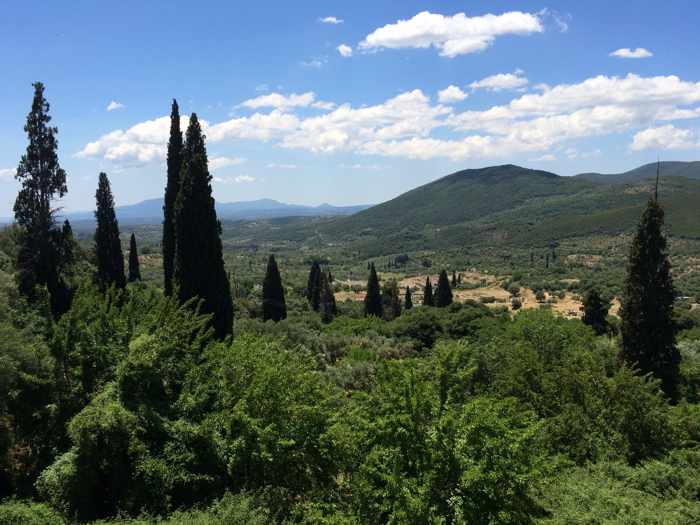
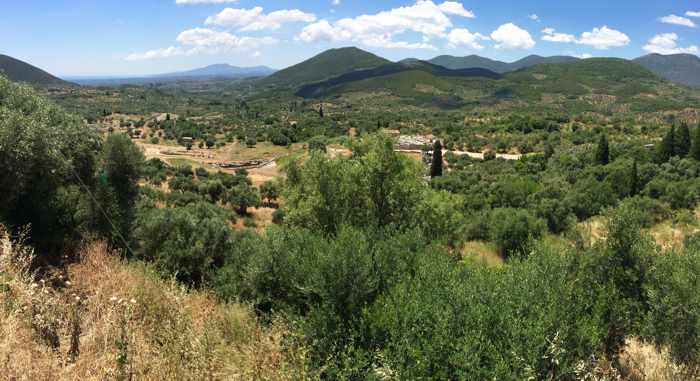

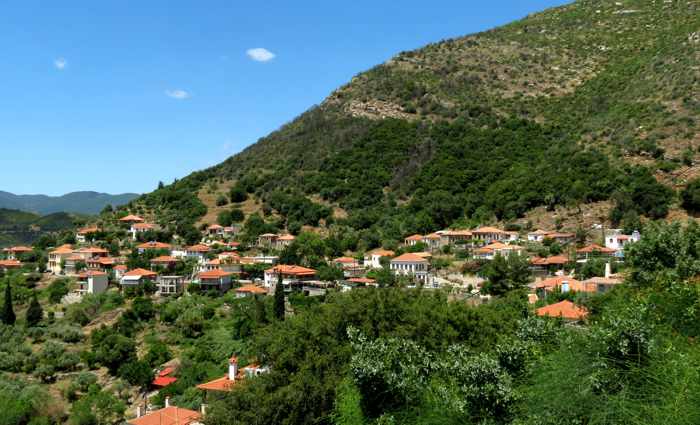
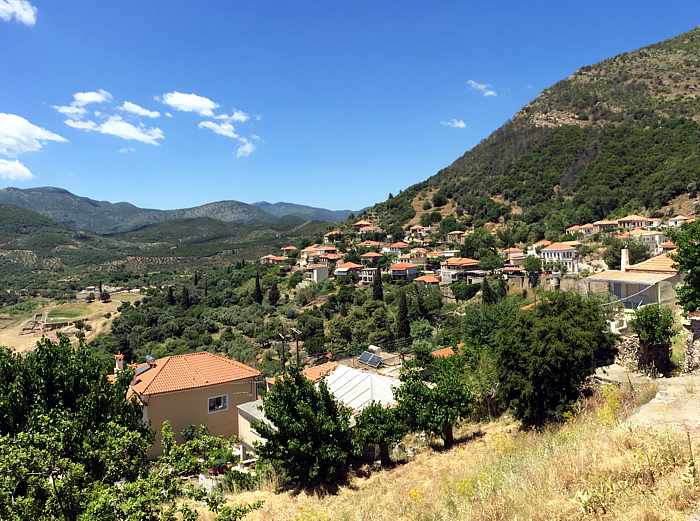
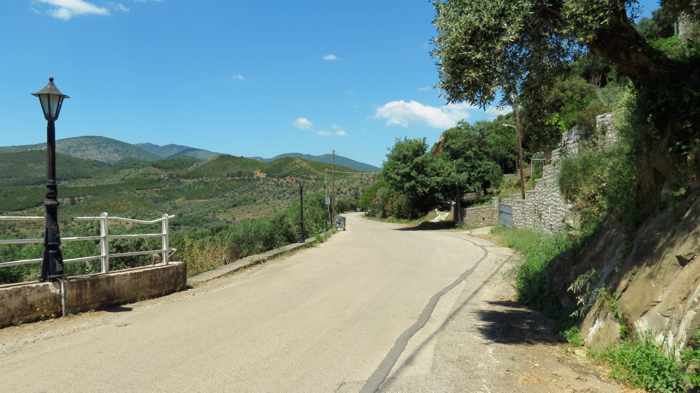
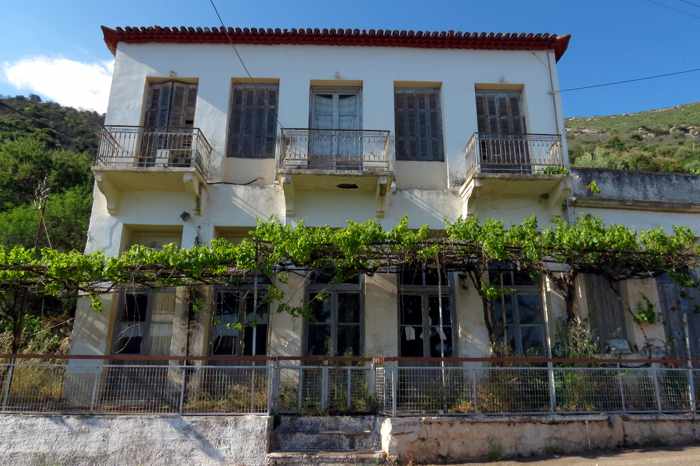
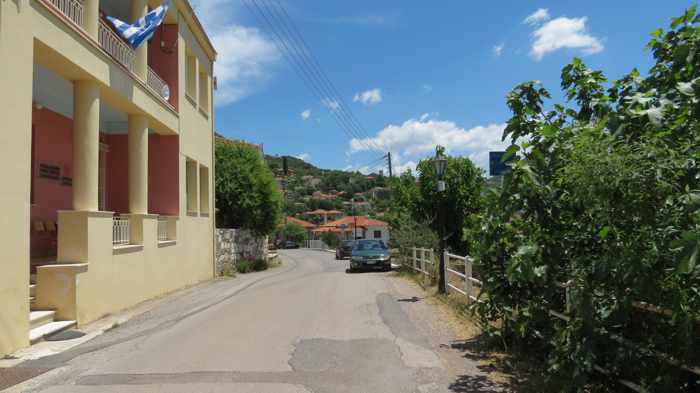
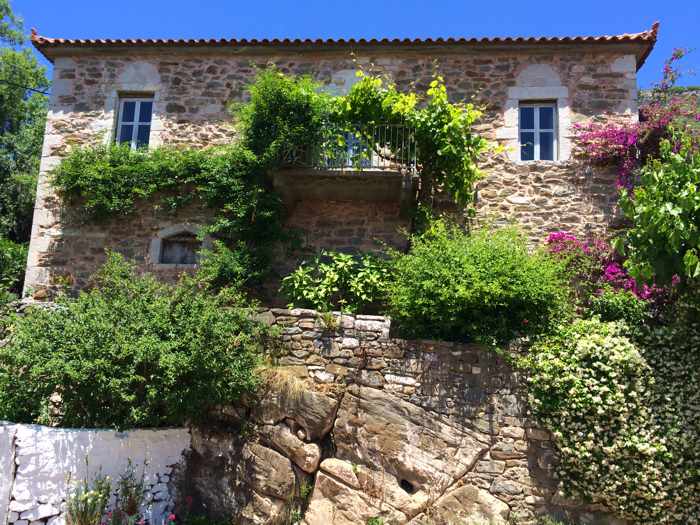

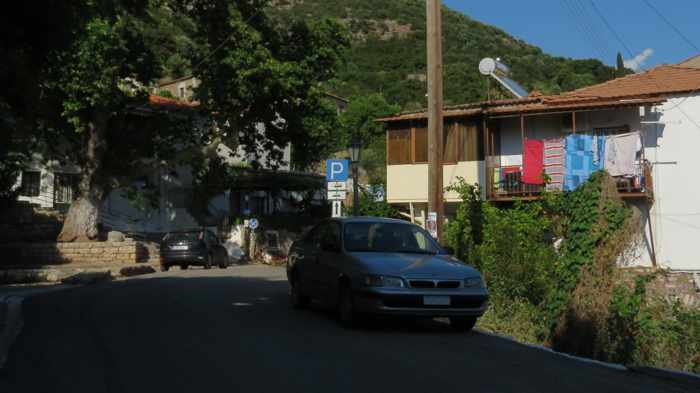

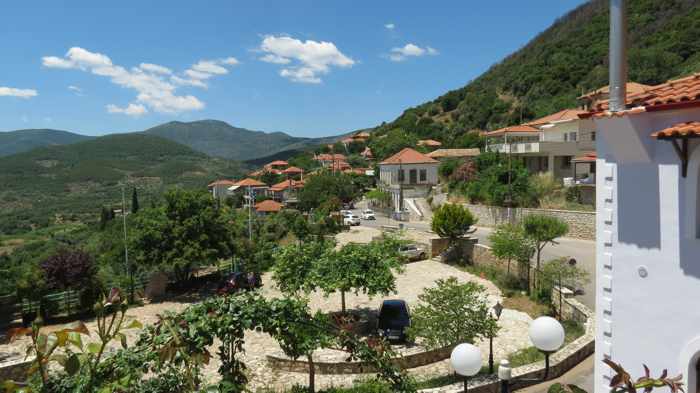

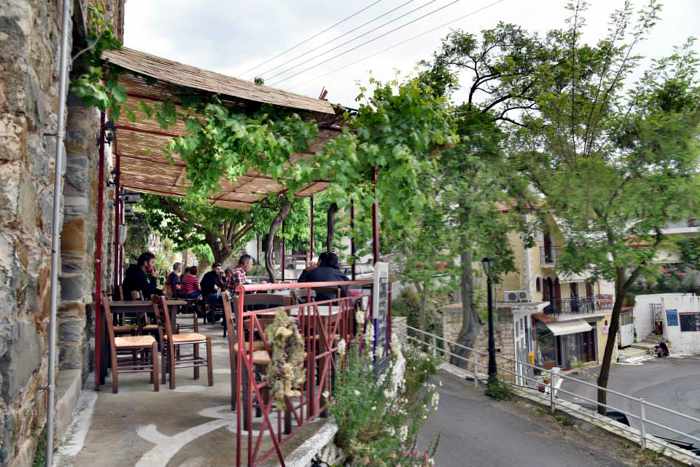
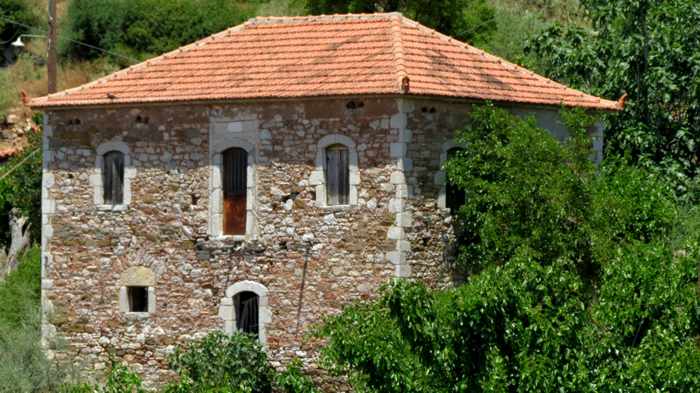
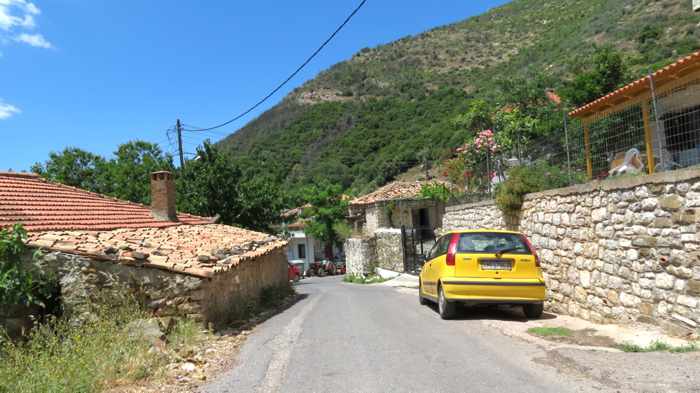
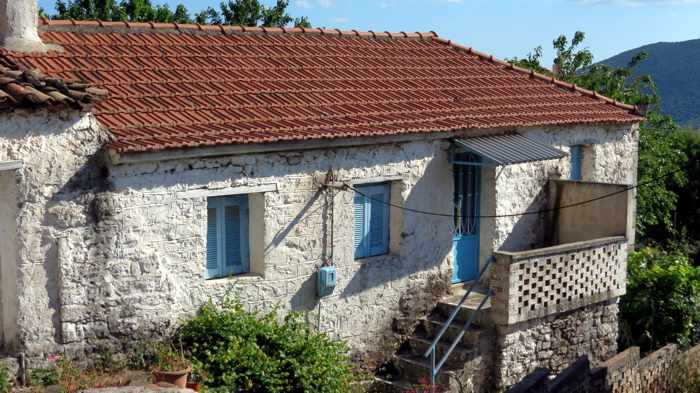
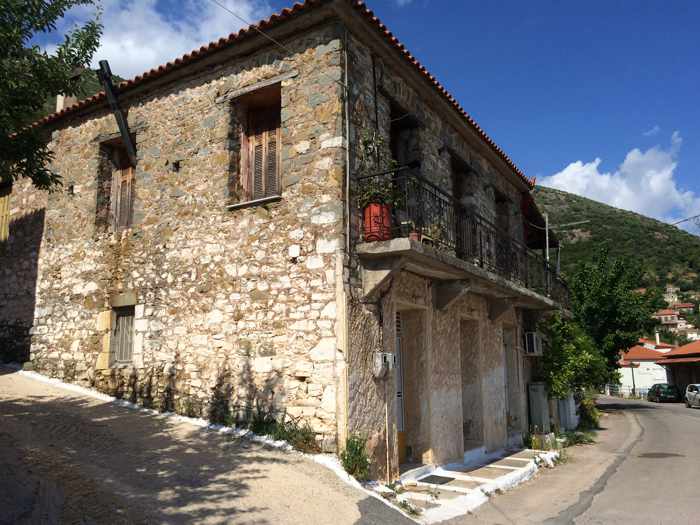






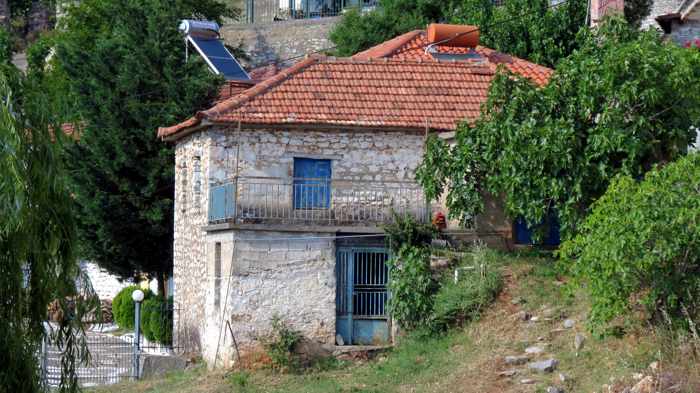


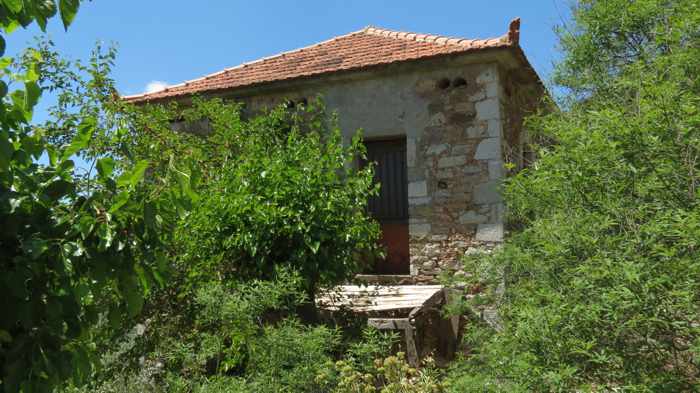

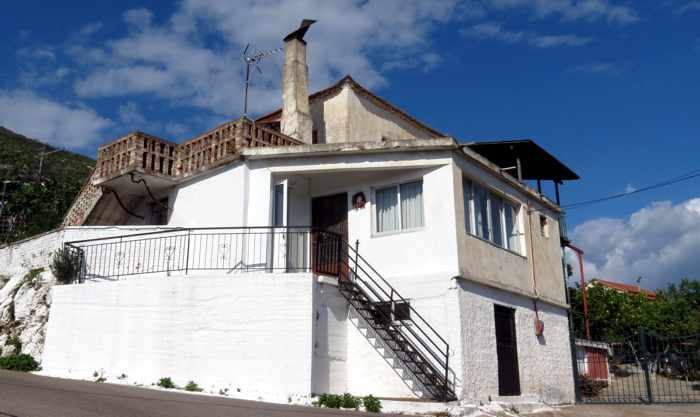
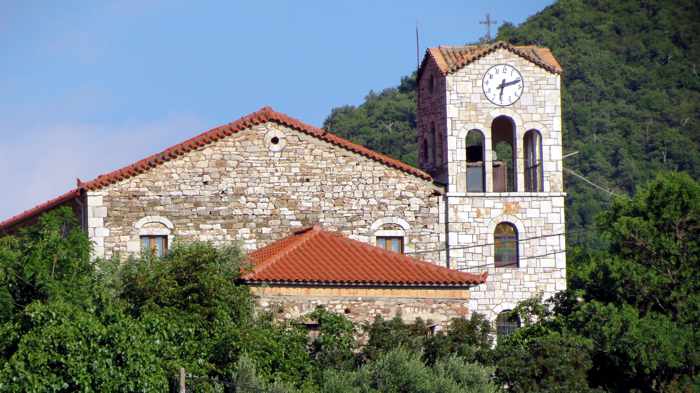

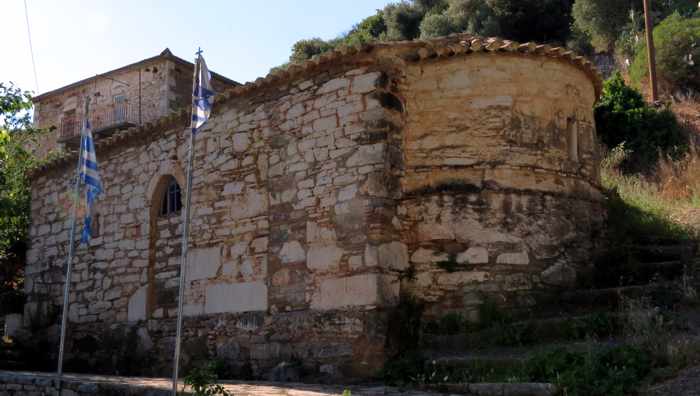
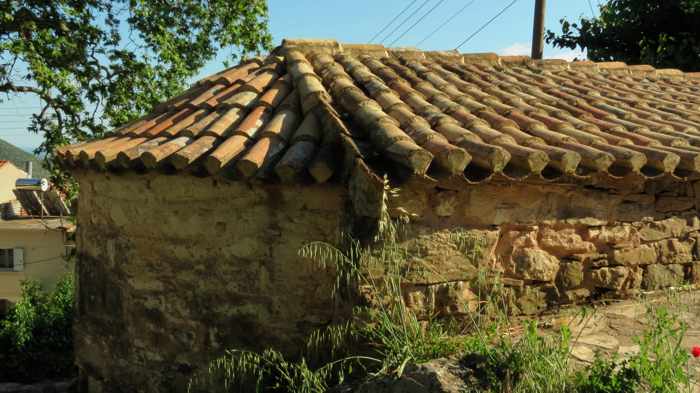
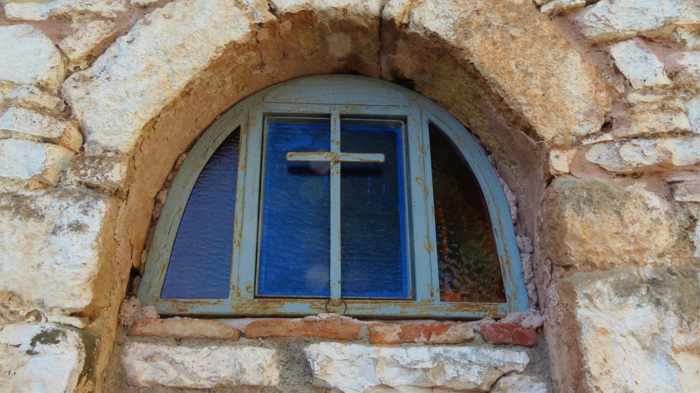
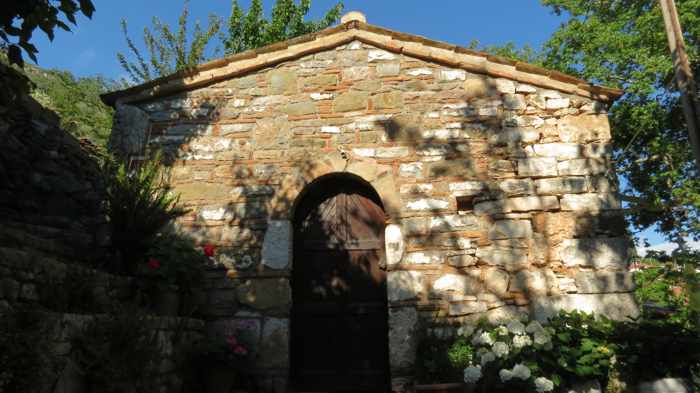
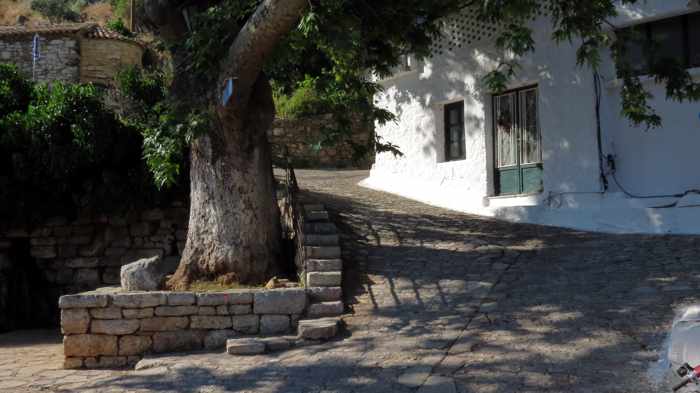

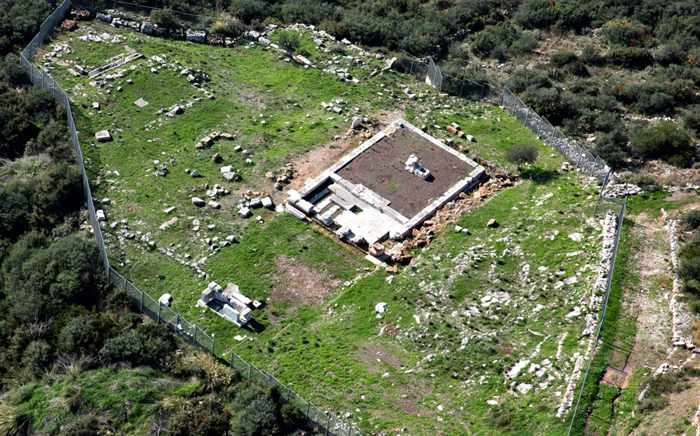
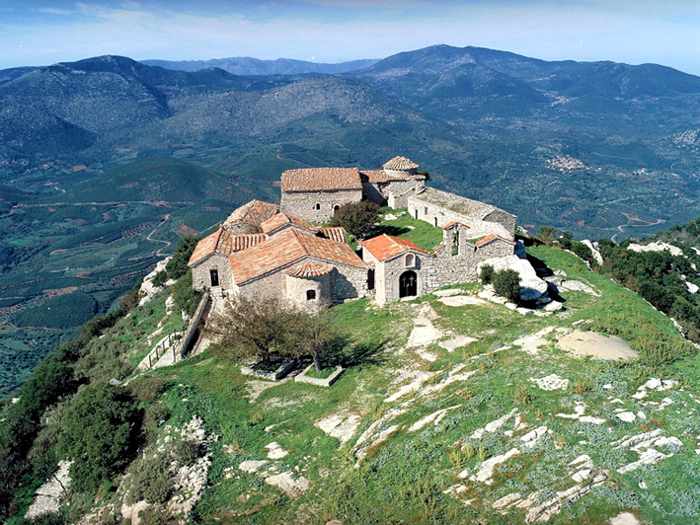
We were there in 2005. My husband’s grandfathers house is in mavromati we got stay there with his Greek relatives. Beautiful village.
My grandfather was born there. House is still there my last name is Kappos but it is Kopotas in Greek